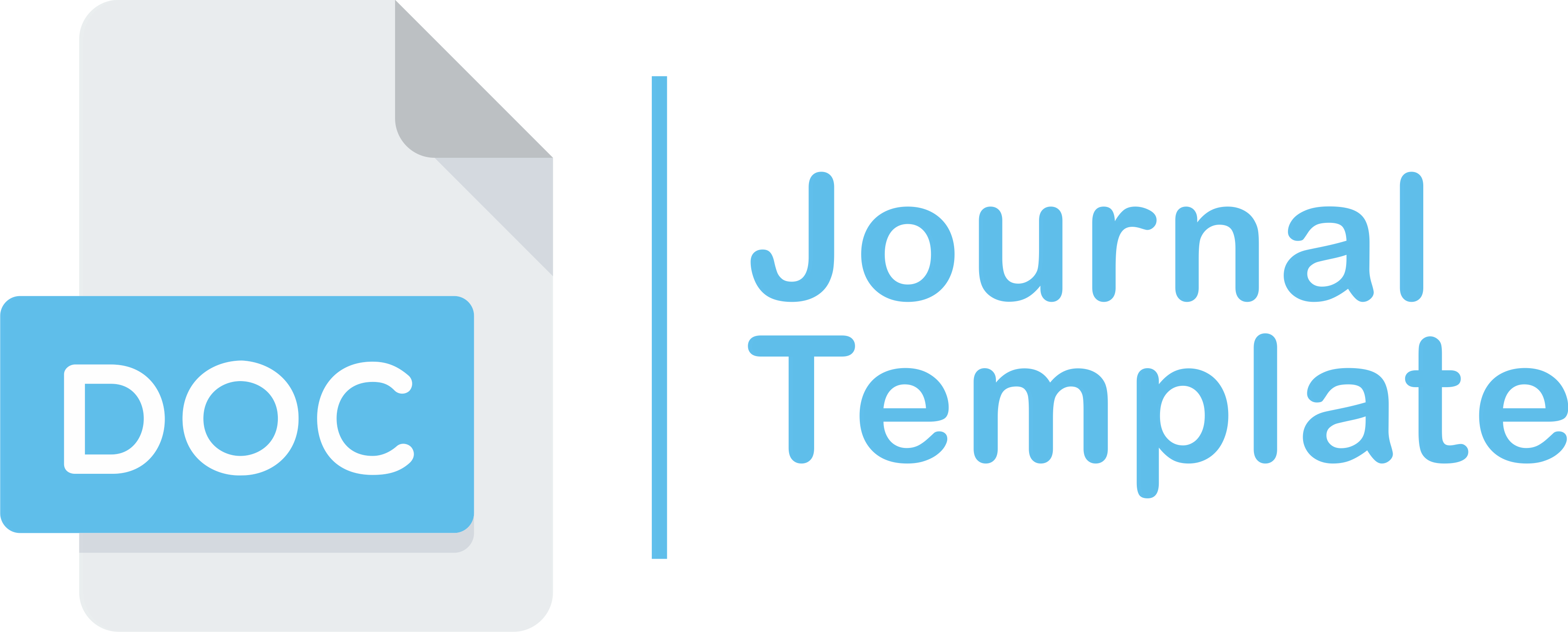RESPON PERTUMBUHAN DAN HASIL TANAMAN KACANG HIJAU TERHADAP INTERAKSI INTRASPESIFIK
Mung bean, interspecific competition growth and yield
DOI:
https://doi.org/10.33061/innofarm.v26i1.10415Abstract
Planting more than one mung bean plant per polybag causes intraspecific interactions which can increase or decrease the production of mung bean plants (Phaseolus radiatus L.). This research aims to determine the effect of interspecific interactions on the growth and yield of mung bean plants (Phseolus radiatus L.). This research was a Completely Randomized Design (CRD) which consisted of three treatments in the form of the first treatment in the form of one plant/polybag, the second treatment in the form of two plants/polybag, and the third treatment in the form of three plants/polybag which will be repeated six times and consists of from three samples to obtain 54 experimental units. Observations made in this research were plant height (cm), number of leaves, number of pods, pod weight (grams), plant fresh weight, and plant dry weight (grams). Based on the results of the ANOVA analysis followed by the Least Significance Different (LSD) test, interspecific competition gave significantly different results for the number of pods, pod weight, fresh weight, and dry weight of plants (grams) with the best treatment of two plants/polybags
Downloads
Published
Issue
Section
License
Copyright (c) 2024 Enik Akhiriana, Mahmudah Hamawi, Annysa Ayu Fitri Rahmatika

This work is licensed under a Creative Commons Attribution-NonCommercial 4.0 International License.
Authors who publish this journal agree to the following terms:
- Authors retain copyright and grant the journal right of first publication with the work simultaneously licensed under a Creative Commons Attribution License that allows others to share the work with an acknowledgement of the work's authorship and initial publication in this journal.
- Authors can separately make additional contractual arrangements for non-exclusive distribution published by the journal (e.g., publish it in a book), with an acknowledgement of its initial publication in this journal.
- Authors are allowed and encouraged to send their work via online (e.g., in the institutional repositories or their website) after published by the journal.















